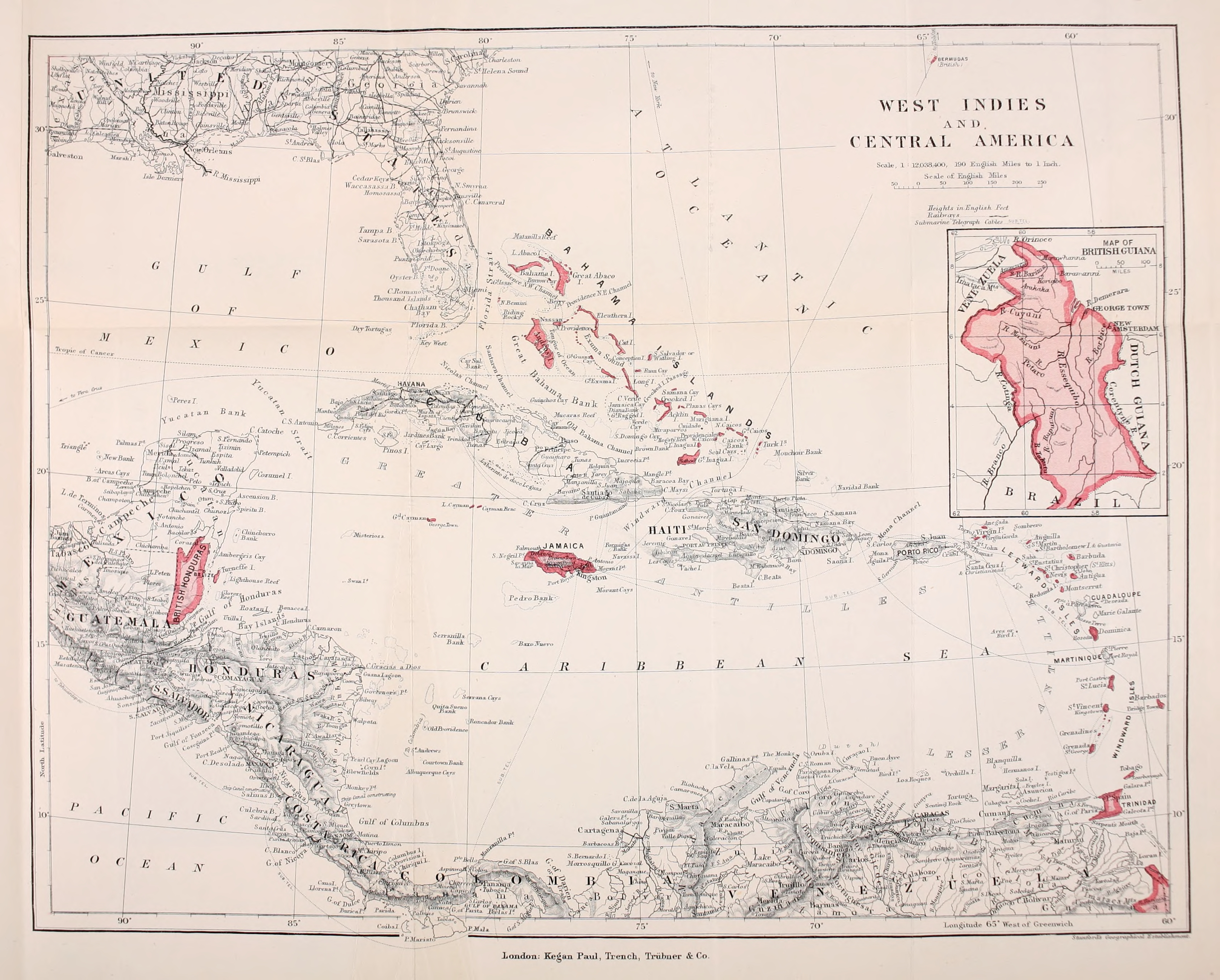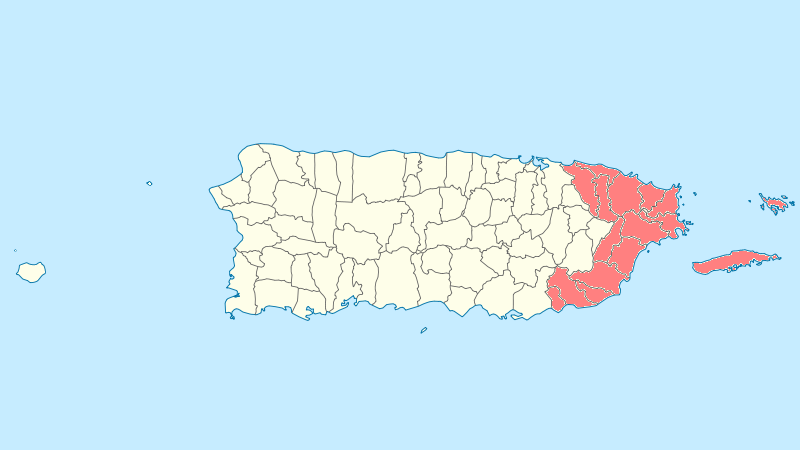|
Rafael Acevedo House
The Rafael Acevedo House ( Spanish: ''Casa Rafael Acevedo''), also called the Mirella Acevedo Sanes House (''Casa Mirella Acevedo Sanes''), is a historic residence located in the town of Isabel Segunda, the largest settlement in the Puerto Rican island-municipality of Vieques. It was designed and built in 1900 by Pedro Peterson, a local engineer and master builder. The residence was added to the National Register of Historic Places in 1994 for being the best-preserved hipped-gable house in Vieques and for being a superb example of the vernacular trends that represent the result of different architectural imports from the British and French West Indies into the Spanish Caribbean. See also * National Register of Historic Places listings in eastern Puerto Rico This portion of National Register of Historic Places listings in Puerto Rico covers the eastern region of Puerto Rico, from Carolina in the northeast to Arroyo in the southeast. It also includes the islands of Culebra an ... [...More Info...] [...Related Items...] OR: [Wikipedia] [Google] [Baidu] |
Isabel II Barrio-pueblo
Isabel II barrio-pueblo ''(referred to as Isabel Segunda in Spanish)'' is a barrio and the administrative center (seat) in the downtown area in the island-municipality of Vieques, Puerto Rico. Its population in 2010 was 1,354. The central plaza and its church As was customary in Spain, in Puerto Rico, the municipality has a barrio which contains a central plaza, the municipal buildings (city hall), and a Catholic church. Fiestas patronales (patron saint festivals) are held in the central plaza every year. The central plaza, or square, is a place for official and unofficial recreational events and a place where people can gather and socialize from dusk to dawn. The Laws of the Indies, Spanish law, which regulated life in Puerto Rico in the early 19th century, stated the plaza's purpose was for "the parties" (celebrations, festivities) ( es, a propósito para las fiestas), and that the square should be proportionally large enough for the number of neighbors ( es, grandeza proporc ... [...More Info...] [...Related Items...] OR: [Wikipedia] [Google] [Baidu] |
Vieques, Puerto Rico
Vieques (; ), officially Isla de Vieques, is an island and municipality of Puerto Rico, in the northeastern Caribbean, part of an island grouping sometimes known as the Spanish Virgin Islands. Vieques is part of the Commonwealth of Puerto Rico, and retains strong influences from 400 years of Spanish presence in the island. Vieques lies about east of the Puerto Rican mainland, and measures about long by wide. Its most populated barrio is the town of Isabel Segunda (sometimes written "Isabel II"), the administrative center located on the northern side of the island. The population of Vieques was 8,249 at the 2020 Census. The island's name is a Spanish spelling of a Taíno word said to mean "small island" or "small land". It also has the nickname ''Isla Nena'', usually translated as "Little Girl Island", alluding to its perception as Puerto Rico's little sister. The island was given this name by the Puerto Rican poet Luis Llorens Torres. During the British colonial period its ... [...More Info...] [...Related Items...] OR: [Wikipedia] [Google] [Baidu] |
Spanish Language
Spanish ( or , Castilian) is a Romance languages, Romance language of the Indo-European language family that evolved from colloquial Latin spoken on the Iberian peninsula. Today, it is a world language, global language with more than 500 million native speakers, mainly in the Americas and Spain. Spanish is the official language of List of countries where Spanish is an official language, 20 countries. It is the world's list of languages by number of native speakers, second-most spoken native language after Mandarin Chinese; the world's list of languages by total number of speakers, fourth-most spoken language overall after English language, English, Mandarin Chinese, and Hindustani language, Hindustani (Hindi-Urdu); and the world's most widely spoken Romance languages, Romance language. The largest population of native speakers is in Mexico. Spanish is part of the Iberian Romance languages, Ibero-Romance group of languages, which evolved from several dialects of Vulgar Latin in I ... [...More Info...] [...Related Items...] OR: [Wikipedia] [Google] [Baidu] |
Puerto Rico
Puerto Rico (; abbreviated PR; tnq, Boriken, ''Borinquen''), officially the Commonwealth of Puerto Rico ( es, link=yes, Estado Libre Asociado de Puerto Rico, lit=Free Associated State of Puerto Rico), is a Caribbean island and Unincorporated territories of the United States, unincorporated territory of the United States. It is located in the northeast Caribbean Sea, approximately southeast of Miami, Florida, between the Dominican Republic and the United States Virgin Islands, U.S. Virgin Islands, and includes the eponymous main island and several smaller islands, such as Isla de Mona, Mona, Culebra, Puerto Rico, Culebra, and Vieques, Puerto Rico, Vieques. It has roughly 3.2 million residents, and its Capital city, capital and Municipalities of Puerto Rico, most populous city is San Juan, Puerto Rico, San Juan. Spanish language, Spanish and English language, English are the official languages of the executive branch of government, though Spanish predominates. Puerto Rico ... [...More Info...] [...Related Items...] OR: [Wikipedia] [Google] [Baidu] |
National Register Of Historic Places
The National Register of Historic Places (NRHP) is the United States federal government's official list of districts, sites, buildings, structures and objects deemed worthy of preservation for their historical significance or "great artistic value". A property listed in the National Register, or located within a National Register Historic District, may qualify for tax incentives derived from the total value of expenses incurred in preserving the property. The passage of the National Historic Preservation Act (NHPA) in 1966 established the National Register and the process for adding properties to it. Of the more than one and a half million properties on the National Register, 95,000 are listed individually. The remainder are contributing resources within historic districts. For most of its history, the National Register has been administered by the National Park Service (NPS), an agency within the U.S. Department of the Interior. Its goals are to help property owners and inte ... [...More Info...] [...Related Items...] OR: [Wikipedia] [Google] [Baidu] |
British West Indies
The British West Indies (BWI) were colonized British territories in the West Indies: Anguilla, the Cayman Islands, Turks and Caicos Islands, Montserrat, the British Virgin Islands, Antigua and Barbuda, The Bahamas, Barbados, Dominica, Grenada, Jamaica, Saint Kitts and Nevis, Saint Lucia, Saint Vincent and the Grenadines, British Guiana (now Guyana) and Trinidad and Tobago. Other territories include Bermuda, and the former British Honduras (now Belize). The colonies were also at the center of the transatlantic slave trade, around 2.3 million slaves were brought to the British Caribbean. Before the decolonisation period in the later 1950s and 1960s the term was used to include all British colonies in the region as part of the British Empire. [...More Info...] [...Related Items...] OR: [Wikipedia] [Google] [Baidu] |
French West Indies
The French West Indies or French Antilles (french: Antilles françaises, ; gcf, label=Antillean Creole, Antiy fwansez) are the parts of France located in the Antilles islands of the Caribbean: * The two overseas departments of: ** Guadeloupe, including the islands of Basse-Terre, Grande-Terre, Les Saintes, Marie-Galante, and La Désirade. ** Martinique * The two overseas collectivities of: ** Saint Martin, the northern half of the island with the same name, the southern half is Sint Maarten, a constituent country of the Kingdom of the Netherlands. ** Saint Barthélemy History Pierre Belain d'Esnambuc was a French trader and adventurer in the Caribbean, who established the first permanent French colony, Saint-Pierre, on the island of Martinique in 1635. Belain sailed to the Caribbean in 1625, hoping to establish a French settlement on the island of St. Christopher (St. Kitts). In 1626 he returned to France, where he won the support of Cardinal Richelieu to establish Fren ... [...More Info...] [...Related Items...] OR: [Wikipedia] [Google] [Baidu] |
Spanish West Indies
The Spanish West Indies or the Spanish Antilles (also known as "Las Antillas Occidentales" or simply "Las Antillas Españolas" in Spanish language, Spanish) were Spanish colonies in the Caribbean. In terms of governance of the Spanish Empire, The Indies was the designation for all its overseas territories and was overseen by the Council of the Indies, founded in 1524 and based in Spain. When the Spanish Crown, Crown established the Viceroyalty of New Spain in 1535, the islands of the Caribbean came under its jurisdiction. The islands ruled by Spain were chiefly the Greater Antilles such as Hispaniola (inclusive of modern-day Haiti and the Dominican Republic), Cuba, Jamaica, and Puerto Rico. The majority of the indigenous populations on these islands had died out or had mixed with the European colonizers by 1520. Spain also claimed the Lesser Antilles (such as Guadeloupe, Guadalupe and the Cayman Islands) but these smaller islands remained largely independent until they were conqu ... [...More Info...] [...Related Items...] OR: [Wikipedia] [Google] [Baidu] |
National Register Of Historic Places Listings In Eastern Puerto Rico
This portion of National Register of Historic Places listings in Puerto Rico covers the eastern region of Puerto Rico, from Carolina in the northeast to Arroyo in the southeast. It also includes the islands of Culebra and Vieques. Names of places given are as appear in the National Register, reflecting name as given in NRHP application at the date of listing. Note, the National Register name system does not accommodate Spanish á, ñ and other letters. Arroyo Canóvanas Carolina Ceiba Culebra Fajardo Humacao Las Piedras Loíza Luquillo Maunabo Naguabo Patillas Río Grande Vieques Yabucoa See also *National Register of Historic Places listings in Puerto Rico * National Register of Historic Places listings in southern Puerto Rico * National Register of Historic Places listings in northern Puerto Rico * National Register of Histori ... [...More Info...] [...Related Items...] OR: [Wikipedia] [Google] [Baidu] |
Houses On The National Register Of Historic Places In Puerto Rico
A house is a single-unit residential building. It may range in complexity from a rudimentary hut to a complex structure of wood, masonry, concrete or other material, outfitted with plumbing, electrical, and heating, ventilation, and air conditioning systems.Schoenauer, Norbert (2000). ''6,000 Years of Housing'' (rev. ed.) (New York: W.W. Norton & Company). Houses use a range of different roofing systems to keep precipitation such as rain from getting into the dwelling space. Houses may have doors or lock (security device), locks to secure the dwelling space and protect its inhabitants and contents from burglars or other trespassers. Most conventional modern houses in Western cultures will contain one or more bedrooms and bathrooms, a kitchen or cooking area, and a living room. A house may have a separate dining room, or the eating area may be integrated into another room. Some large houses in North America have a recreation room. In traditional agriculture-oriented societies, Li ... [...More Info...] [...Related Items...] OR: [Wikipedia] [Google] [Baidu] |
Houses Completed In 1900
A house is a single-unit residential building. It may range in complexity from a rudimentary hut to a complex structure of wood, masonry, concrete or other material, outfitted with plumbing, electrical, and heating, ventilation, and air conditioning systems.Schoenauer, Norbert (2000). ''6,000 Years of Housing'' (rev. ed.) (New York: W.W. Norton & Company). Houses use a range of different roofing systems to keep precipitation such as rain from getting into the dwelling space. Houses may have doors or locks to secure the dwelling space and protect its inhabitants and contents from burglars or other trespassers. Most conventional modern houses in Western cultures will contain one or more bedrooms and bathrooms, a kitchen or cooking area, and a living room. A house may have a separate dining room, or the eating area may be integrated into another room. Some large houses in North America have a recreation room. In traditional agriculture-oriented societies, domestic animals such as c ... [...More Info...] [...Related Items...] OR: [Wikipedia] [Google] [Baidu] |



.jpg)


